Refine listing
Actions for selected content:
2251 results in Cambridge Elements
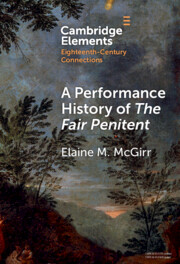
A Performance History of The Fair Penitent
-
- Published online:
- 26 February 2024
- Print publication:
- 21 March 2024
-
- Element
- Export citation
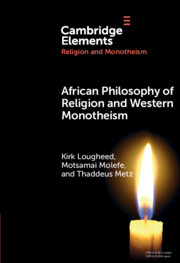
African Philosophy of Religion and Western Monotheism
-
- Published online:
- 26 February 2024
- Print publication:
- 28 March 2024
-
- Element
- Export citation
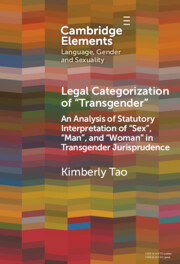
Legal Categorization of 'Transgender'
- An Analysis of Statutory Interpretation of 'Sex', 'Man', and 'Woman' in Transgender Jurisprudence
-
- Published online:
- 23 February 2024
- Print publication:
- 21 March 2024
-
- Element
- Export citation
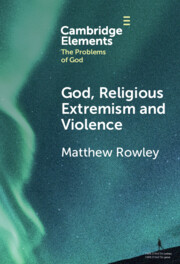
God, Religious Extremism and Violence
-
- Published online:
- 22 February 2024
- Print publication:
- 21 March 2024
-
- Element
- Export citation
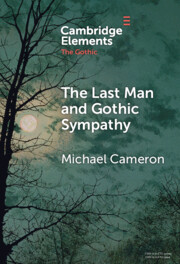
The Last Man and Gothic Sympathy
-
- Published online:
- 22 February 2024
- Print publication:
- 28 March 2024
-
- Element
- Export citation
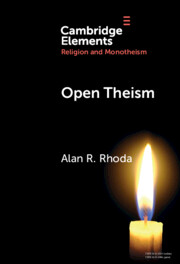
Open Theism
-
- Published online:
- 22 February 2024
- Print publication:
- 21 March 2024
-
- Element
- Export citation
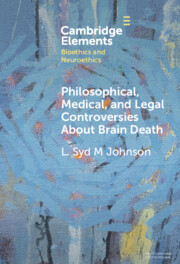
Philosophical, Medical, and Legal Controversies About Brain Death
-
- Published online:
- 22 February 2024
- Print publication:
- 21 March 2024
-
- Element
- Export citation
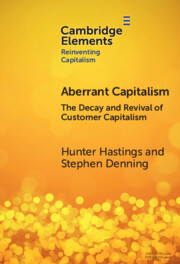
Aberrant Capitalism
- The Decay and Revival of Customer Capitalism
-
- Published online:
- 21 February 2024
- Print publication:
- 14 March 2024
-
- Element
- Export citation
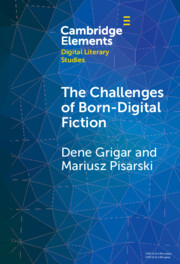
The Challenges of Born-Digital Fiction
- Editions, Translations, and Emulations
-
- Published online:
- 21 February 2024
- Print publication:
- 21 March 2024
-
- Element
- Export citation
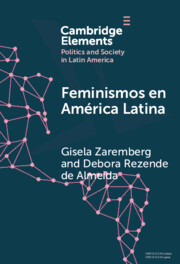
Feminismos en América Latina
- Redes anidadas por el derecho al aborto en México y Brasil
-
- Published online:
- 20 February 2024
- Print publication:
- 31 October 2024
-
- Element
- Export citation
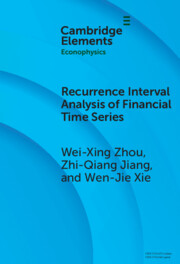
Recurrence Interval Analysis of Financial Time Series
-
- Published online:
- 20 February 2024
- Print publication:
- 21 March 2024
-
- Element
- Export citation

Jewish Monotheism and Slavery
-
- Published online:
- 19 February 2024
- Print publication:
- 14 March 2024
-
- Element
- Export citation
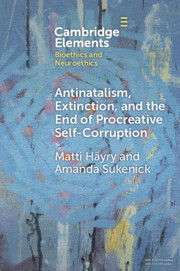
Antinatalism, Extinction, and the End of Procreative Self-Corruption
-
- Published online:
- 19 February 2024
- Print publication:
- 14 March 2024
-
- Element
-
- You have access
- Open access
- HTML
- Export citation
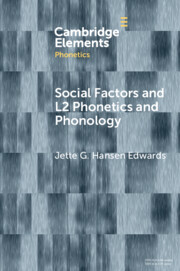
Social Factors and L2 Phonetics and Phonology
-
- Published online:
- 19 February 2024
- Print publication:
- 14 March 2024
-
- Element
- Export citation
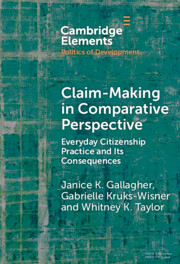
Claim-Making in Comparative Perspective
- Everyday Citizenship Practice and Its Consequences
-
- Published online:
- 16 February 2024
- Print publication:
- 14 March 2024
-
- Element
- Export citation
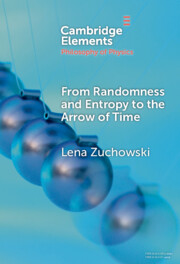
From Randomness and Entropy to the Arrow of Time
-
- Published online:
- 16 February 2024
- Print publication:
- 14 March 2024
-
- Element
- Export citation
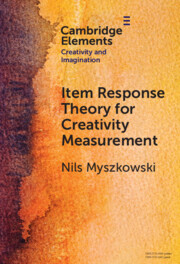
Item Response Theory for Creativity Measurement
-
- Published online:
- 16 February 2024
- Print publication:
- 14 March 2024
-
- Element
- Export citation
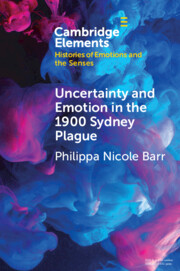
Uncertainty and Emotion in the 1900 Sydney Plague
-
- Published online:
- 16 February 2024
- Print publication:
- 11 April 2024
-
- Element
- Export citation
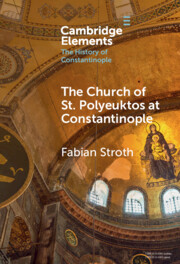
The Church of St. Polyeuktos at Constantinople
-
- Published online:
- 16 February 2024
- Print publication:
- 21 March 2024
-
- Element
- Export citation
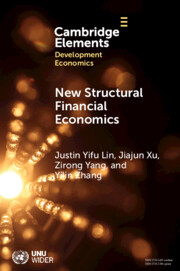
New Structural Financial Economics
- A Framework for Rethinking the Role of Finance in Serving the Real Economy
-
- Published online:
- 15 February 2024
- Print publication:
- 29 February 2024
-
- Element
-
- You have access
- Open access
- HTML
- Export citation
